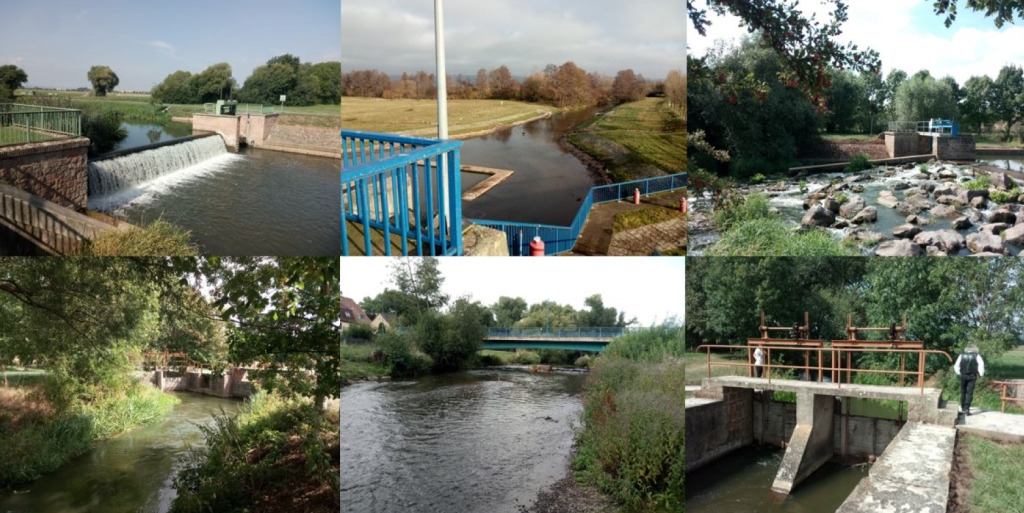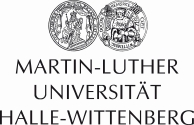Sediment and turbidity investigations Helme / Small Helme for optimized discharge control of Kelbra Dam

Authors and collaborators:
Dr. Michael Zierdt*, Robin Renz*, Patrick Illiger*, Silke Kurze*, Michael von Hoff*, Philipp Alb**, Dr. Detlef Thürkow***, Dr. Gerd Schmidt*, Martin-Luther-University Halle-Wittenberg, Institute of Geosciences and Geography**, Departments Geoecology*, Digital Geography***

in cooperation with the "Landesbetrieb für Hochwasserschutz und Wasserwirtschaft Sachsen-Anhalt"

The subproject aims at the development of morphodynamic and material basic information for the optimization of the discharge control of the Kelbra dam. An optimized discharge control should serve to make the input of fine sediments and - the aquatic biocoenosis in the Helme downstream of the dam endangering - substances as harmless as possible.
The following objectives were defined for the implementation of the subproject:
- Quantification of the sediment input into the river Helme as a result of seasonal discharge from the Kelbra dam.
- Characterization and evaluation of the effects on the channel sediment structure at defined watercourse cross-sections
- Elaboration of a correlation between sediment/solids concentrations (reference date measurements of filterable substances afS) and continuous turbidity measurements in the flowing wave.